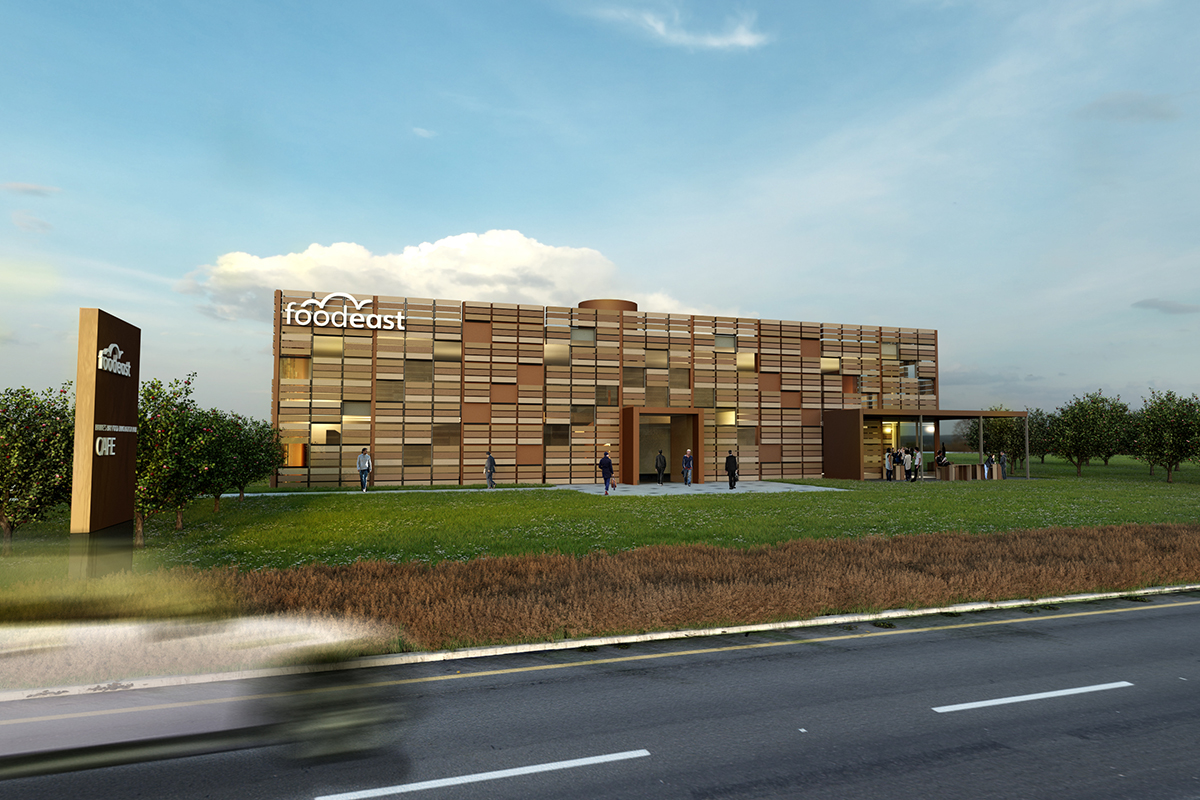Diversification. When it comes to investment portfolios, it’s the gold standard.
Any financial advisor worth their salt would recommend a strategy that spreads risk by holding a range of assets. Tempting though it might be to invest it all in a stock market darling, too many ‘apples in one basket’ is a risky approach that can backfire in the face of unexpected shocks or global downturns.
The same diversification principles apply to economies, too. Covid-19 has exposed areas of weakness in global, national and regional economies, particularly where there has been reliance on a single or just a few key industries.
Here in Hawke’s Bay, our economy has fared better than most over the past 12 months, for several key reasons. Our strength in agriculture, horticulture, and viticulture – as well as not being overly exposed to international tourists and students – has seen our economy remain close to the top of the leader board for regional economic performance.
Spare a thought for places like Queenstown and the West Coast that have suffered without international visitor dollars. Without significant secondary industries to fall back on, the going has got a lot tougher in our tourist towns. Combine that with falling populations as workers chase employment in other regions and you can see that it will take many years for these towns to recover. Recent measures of consumer confidence showed those from Otago to be the second most pessimistic in the country; with the Otago Daily Times calling the region “among the gloomiest.”
Is economic diversification the silver bullet to regional prosperity? Brad Olsen, senior economist with Infometrics says economic diversification is important to helping local economies navigate periods of volatility by having a range of economic ‘engines’ to keep the wider economy powering ahead though uncertain periods.
Ensuring a spread of economic focus can increase economic resilience by limiting the exposure of local areas to sharp blows to part of an economy.
As seen during Covid-19, many parts of New Zealand can have a heavy economic focus on primary sector activity and tourism activity – our (previously) largest exports. However, areas are starting to look to diversify their local economies, with increasing focuses on film and creative outputs, technology-based enterprises, and weightless exports (like software and services).
Economic diversity can also require a diverse trade focus for an area’s export goods, including a wide array of destinations for goods and reducing overreliance on a single or just a few markets.
Hawke’s Bay already has a diverse economic mix but with a larger share (compared to the national average) of strong manufacturing and food processing and primary sector activity. Our diverse economy, coupled with strong demand for primary sector products, has helped keep economic momentum locally at a higher pace. After all, pandemic or not, people still have to eat.
Olsen says there’s still scope for Hawke’s Bay to expand its focus on high-value services further to add more layers of diversity and differentiation to the local economy, which will further enhance and shield the economy from substantial sector hits.
Our growing capability in technology, a non-traditional sector not subject to the volatility of the international commodities market, or reliant on borders being open, is one way that Hawke’s Bay economy is diversifying.
Another is Foodeast, a planned a centre of excellence for food, beverage and agri-tech innovation, will foster innovation and is projected to generate $100 million of additional regional gross product over 10 years, and create more than 500 skilled jobs. It will build capability and pave the way for branded products that foster strong customer relationships and command a price premium over commodity products.
Economic development consultant, Dr David Wilson says the European Union and the OECD in particular have put their minds to addressing regional inequities brought on by non-diversified low productivity regions – commonly, rural regions that are primary sector based, have smaller populations and lack the resources for continued research and innovation. Innovation in government circles is also often framed as hi-tech, with cities getting all the attention.
So what’s the answer? How do you diversify and increase productivity and prosperity at the same time? Obviously it is not easy, but innovation is key to diversification.
Recognising that not all regions are the same, setting up regional innovation systems to support tailored efforts can be achieved. But it requires commitment from government, researchers, tertiary training and business together. Known as the triple helix of innovation, this collaborative model fosters both economic and social development This is hard work and it is a long game, but it works.
Building strong regional innovation, specialisations and commercial clusters requires an organisation to be the connector, the facilitator, the conductor that brings the pieces together to focus on particular opportunities for the region.
In other words, a regional development agency. An organisation that does not profit from activities and can be an honest broker is essential to gaining trust and building collaboration, often amongst competitors, but also between the public and private sectors, officials, researchers and businesses.
Diversification can come from new technologies and new sectors but it can also come from building on existing strengths, such as Foodeast. Provenance, product and market diversification, moving up the value chain and smart specialisations are examples. Looking for connections between sectors, like robotics and apples for example, in the way that Hi-Tech Hawke’s Bay does (an initiative of Business Hawke’s Bay) is another.
Occasionally new ideas and businesses spring up or new industries are attracted to a region, and it is fantastic when that happens, but usually businesses are attracted to a region for a reason; they have strong innovative clusters of activity.
There’s a reason why you can only buy Cognac from world leading brands such as Hennessy, Martell, Remy Martin and Courvoisier from the region of Cognac. What are, or will be, the products and services that Hawke’s Bay can command premium prices for?

